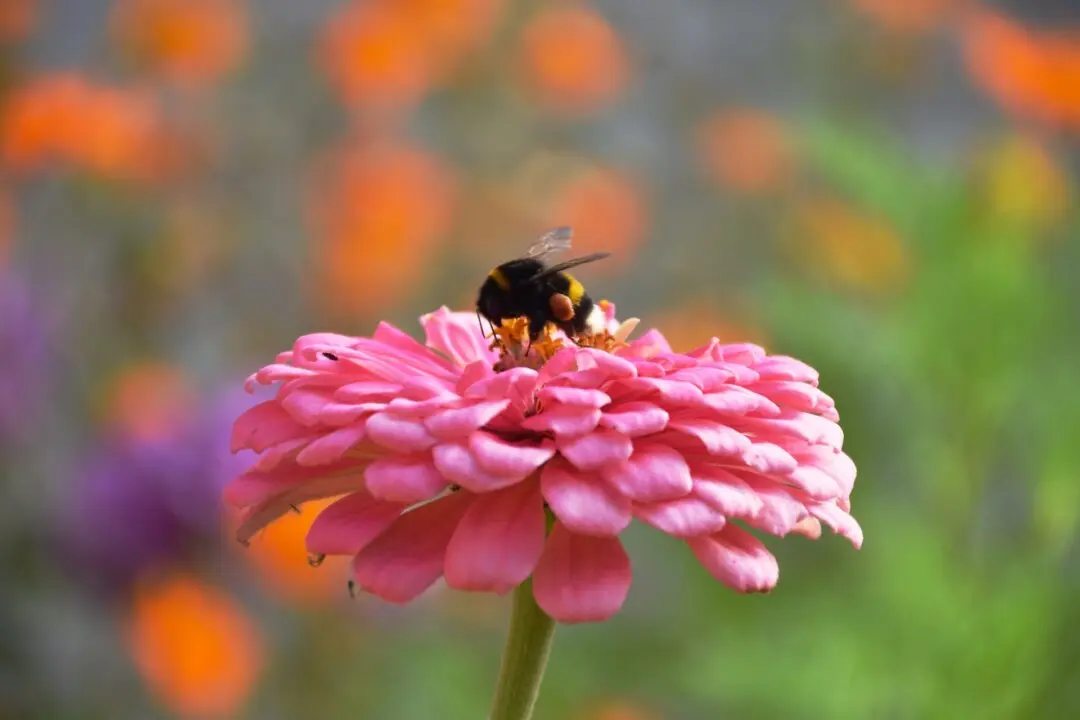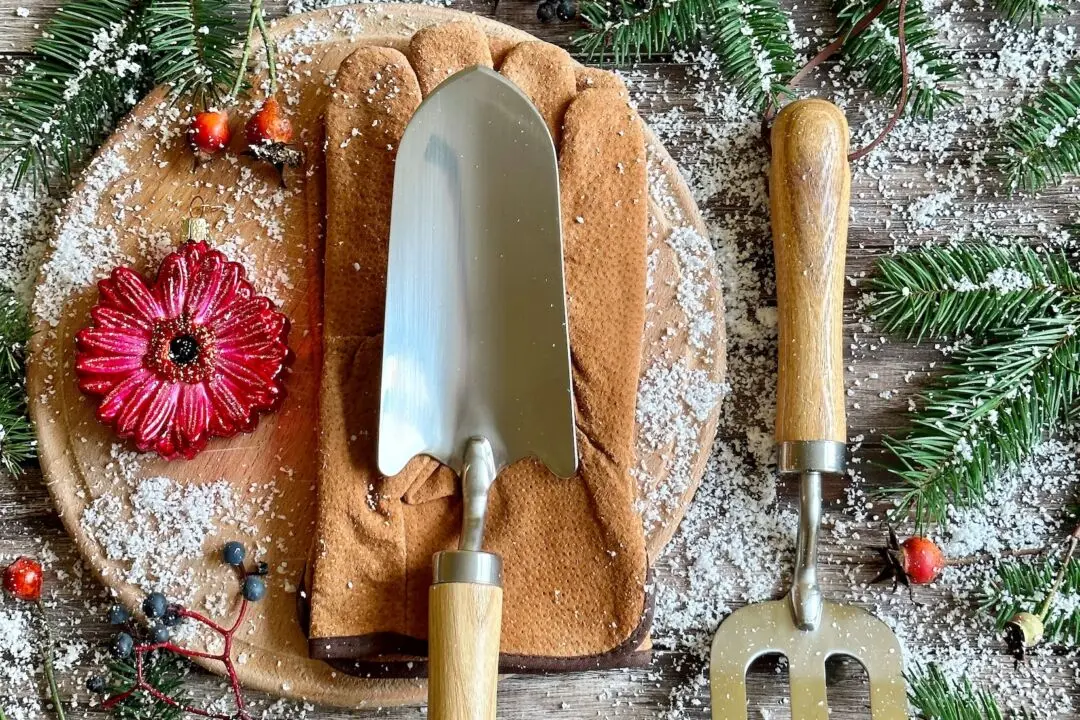Q: When I ordered some grapevines and raspberry plants back in January, it sure seemed like having them arrive in April would be a good idea. The catalog and websites I ordered from predicted this would be a good time to plant the bare-root plants. The plants arrived on time, but the temperatures predicted for the near future are well below freezing. What do I do with these plants if I can’t plant them for several weeks?
A: Most of the maps in the catalogs are based on hardiness zones that map out the average coldest winter temperature. They are a bit worse at predicting spring temperatures. Some years are warmer, and some are colder.





